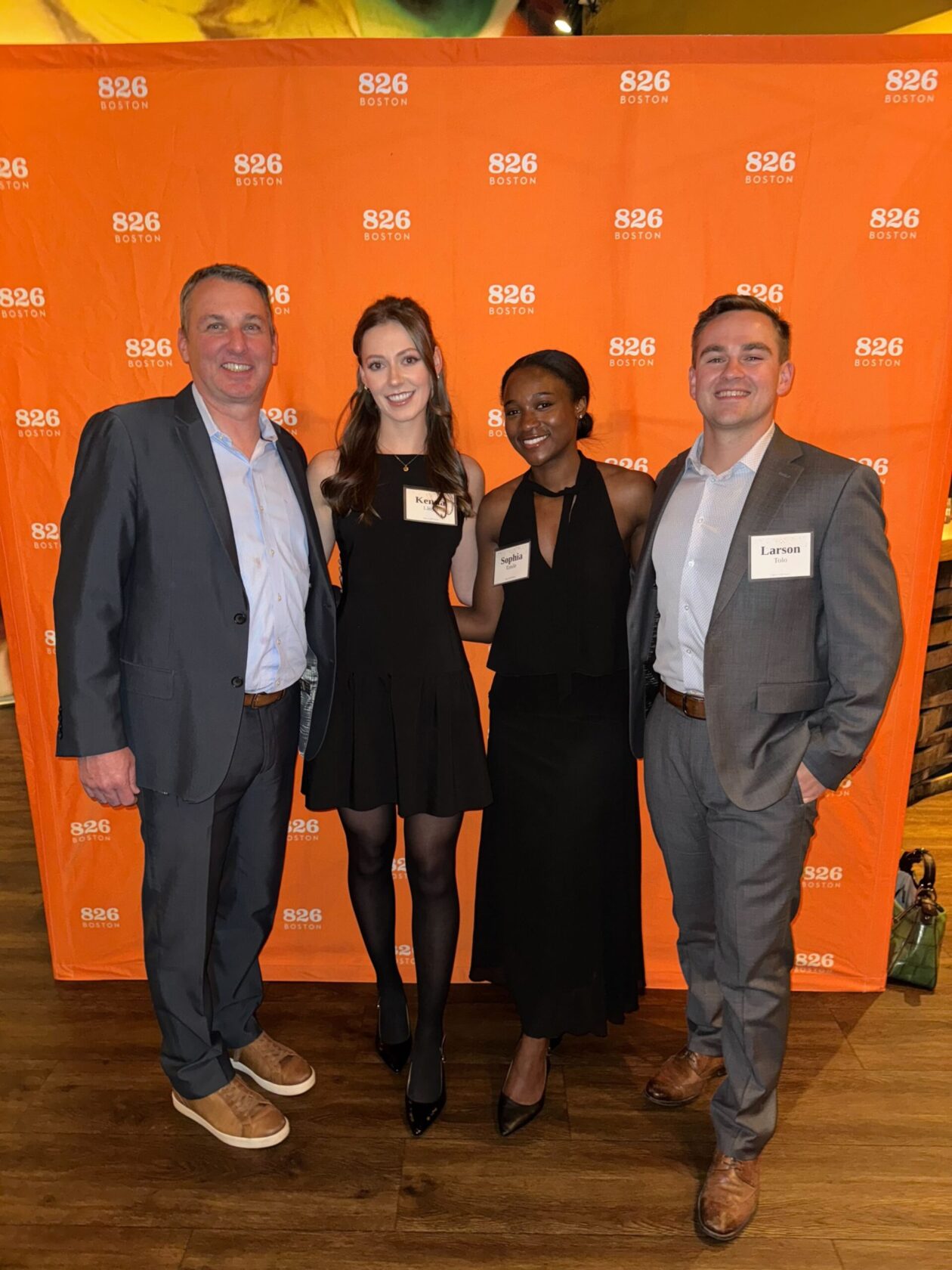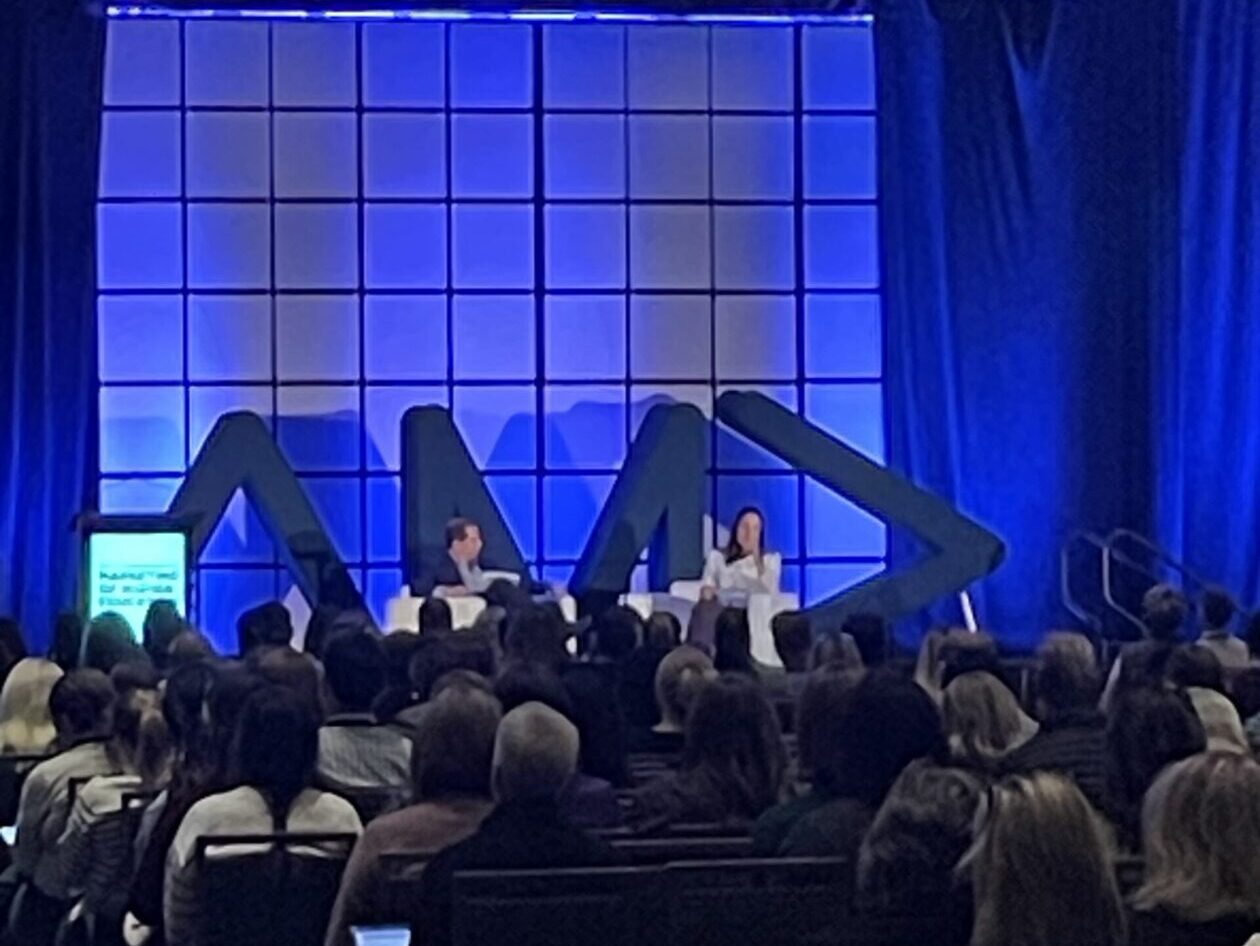Gene Begin, Managing Director, Connelly Partners Education
Erin Mullaney, Media Director
Kim Mazejka, Sr. Media Planner
Colleges and universities are vying for the attention of prospective students who are bombarded with information from every angle. While “performance media” (driving leads, opportunities, applications, etc) is a must-have in a shrinking education-seeking market, institutions must also embrace a comprehensive, full-funnel advertising strategy to build a foundation for that performance, especially due to the intensifying market competition.
The number of graduate and online programs grew 69% from 2005 to 2022 nationwide. Notably, online/hybrid programs alone contributed to 78% of the year-over-year program growth between 2021 and 2022, according to the Postsecondary Equity & Economics Research Project.
In my role, I’ve been seeing more and more institutions focusing on finding performance media partners for these programs, hoping to convince prospective graduate and online students to apply, enroll, and deposit. But do you know how you get them to take those actions? Moving students to action requires understanding the student motivations at each stage of their education decision journey and their mindset in that moment.
The Power of Awareness: Planting the Seeds Early
Imagine a prospective student who’s thinking about advancing their career but hasn’t yet considered a graduate degree, or perhaps doesn’t realize the breadth of quality online programs available, even in their local area. You must build a relationship with them to first educate that your graduate and online programs actually exist, with the hope you will be one of the half dozen or less institutions they typically apply to.
Awareness-building strategies are about planting seeds. They’re about getting your institution and its programs on the radar of individuals who might not even know they need you yet. In a saturated market with few differentiators between programs, being first and loudest can win consideration and loyalty, generating more “warm” prospects for future conversion. This isn’t about immediate ROI, but about long-term pipeline development. Given that more competition leads to increased costs, stronger awareness and wider reach allows for more prospects to enter the funnel and can lower your conversion costs at the bottom of the funnel.
For Graduate Programs: Think about the working professional looking to upskill, the recent undergrad considering further specialization, or even someone contemplating a career change. Are you reaching them through thought leadership content, articles highlighting industry trends your program features and benefits address, or even broad-reach digital campaigns showcasing the impact of your students and alumni?
For Online Programs: The online learning landscape is vast and sometimes overwhelming. Awareness campaigns can highlight the flexibility, quality, and diverse range of your online degrees, differentiating you from the myriad of options available. This could involve showcasing student success stories, highlighting the expertise of your online faculty, or addressing common misconceptions about online education.
Moving to Consideration: Nurturing Interest
Once awareness is established, the next step is to move prospects into the consideration phase. This is where you provide more detailed information, address specific needs, and demonstrate the value proposition of your programs.
Targeted Content: For graduate programs, this might involve info sessions and webinars featuring program directors, virtual open houses, detailed program brochures, or alumni testimonials that speak to career advancement.
Authentic and Personalized Experiences: For any and all programs, this could first be done through influencer marketing. We have seen student and alumni influencer content outperform branded content for all of our partners, given that it is more immersive to the prospective student seeing what their life might look like if they enroll. And for online programs, deeper personalization could mean offering free sample modules, virtual tours of your online learning platform, or personalized consultations with admissions advisors who can address concerns about work-life balance or technology.
Retargeting Campaigns: For both, effective retargeting of individuals who have shown initial interest (e.g., visited a program page, downloaded a brochure) can keep your institution top-of-mind and guide them further down the funnel.
Optimizing Performance: Converting Intent into Enrollment
Finally, performance media comes into play. This is where you convert engaged prospects into inquiries and applicants and ultimately, enrolled students.
Clear Calls to Action: Streamlined application processes, easy-to-find financial aid information, and clear deadlines are paramount. So much improvement still needs to be made to university websites to ensure they are clear, concise and easy to find next steps.
A/B Testing: Continuously optimize your ad creative, your CTA copy and your landing pages to ensure they are as effective as possible in driving conversions.
CRM Integration: Seamlessly connect your advertising efforts with your CRM system to nurture leads and provide personalized communication throughout the application journey. While some systems and institutional processes are easier than others to connect the dots, it’s absolutely essential to eventually measure the return on your ad spend and investment.
Caution: if you only play in the conversion part of the funnel, it’s about who can outspend, not outsmart. You and your competition are vying for much of the same audience on the same platforms using the same algorithm. Awareness media can sometimes be less expensive, can properly penetrate your target audience, and can ensure you are top of mind and/or on their short list when they decide it’s time to apply.
The Bottom Line: Invest in Your Future Pipeline
By embracing a full-funnel strategy, colleges and universities can:
Expand their reach: Tap into new audiences who may not have previously considered higher education or your specific programs.
Build stronger brand recognition: Establish your institution as a leader and innovator in key areas to create more memorable associations.
Develop deeper pipelines: Ensure a consistent flow of qualified leads for all your programs, cross-promoting when necessary.
Maximize ROI: While awareness campaigns may not show immediate returns, they significantly enhance the effectiveness of your performance media in the long run.
Moving students to action requires media choices and tactics that students will intersect with at each stage of their decision journey. Our holistic approach requires consistency with brand but flexibility in message, thinking outside the ad, measurement at each stage, and respecting how people consume media today.



